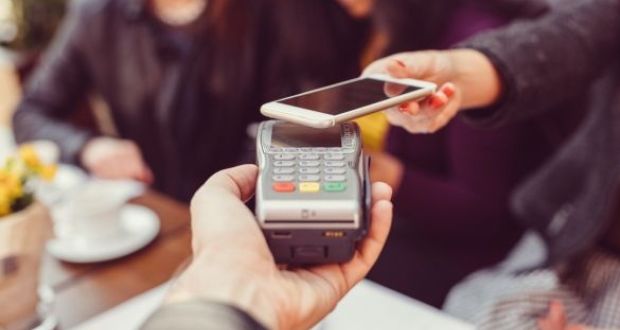Strengthening Security of Contactless Technology

According to some estimates, the contactless payment market is expected to grow to nearly $18 billion by 2021. Much of this growth is being driven by the international market. In Europe, consumers can use contactless payments for nearly every purchase, including London Underground transportation. In fact, one of every five transactions in the area around the World Cup in Russia have been completed with contactless technology. However, growth in the U.S. of systems like Apple Pay, Android Pay, MasterPass and more have been slower than in Europe. Some of this is due to a slow rollout of contactless infrastructure, but the main reason Americans have been slower to adapt to contactless technology is security.
Improving Contactless Payment Security
Contactless technology security concerns aren’t without merit. Major hacks make news on a semi-regular basis, leaving many U.S. consumers skeptical about new technology. According to the 2018 AFP Payments Fraud Survey, 78 percent of responding organizations in the United States said they had been hit with some type of payment system fraud. Furthermore, according to Experian’s Fraud Management Insights 2017 report, nearly half of all financial services customers said they believe fraud has increased.
This fear will likely continue to keep some consumers at bay, unless companies can make the ironclad case that their systems are in fact, more secure. FinTech companies need to make security a major focus both in practice and in public relations efforts. Experts in data security urge payment companies to focus on these four areas:
- Data recognition modeling to detect fraud. Data modeling is an extremely effective tool in combating fraud. Models can detect irregular customer behavior which could indicate fraud. Alerting customers immediately when irregular behavior occurs hedges losses and builds consumer trust.
- Multichannel integration. Standalone channels make it difficult to detect fraud because a customer’s data and behavior profile is incomplete. Standalone channels are also easier for hackers to breach. Security can be strengthened by leveraging shared platforms that capture a consumer’s movement and behavior, allowing for a more complete profile and stronger protections against hacks.
- Multifactor authentication. The whole point of contactless payments is convenience, so multi-factor authentication must be both effective and convenient. Biometric authentications can greatly improve security while keeping a transaction moving quickly.
- Tokenization. Traditionally, U.S. Payment Systems have relied on encryption, but tokenization improves security by removing credit card data from a company’s network entirely. That data is replaced with a unique token that is impossible to duplicate.
It’s All About Talent
It takes the right team of professionals to build and maintain security features that will speed up the adoption of contactless Payment Systems in the U.S. From the tech pros who build, maintain and secure systems all the way through the sales and marketing pros who bring those technologies to market, FinTech companies require the best and brightest talent. If you are looking for FinTech and Payment Systems pros who can keep you ahead of trends, contact the expert recruiters at MoneyTech Search today.



